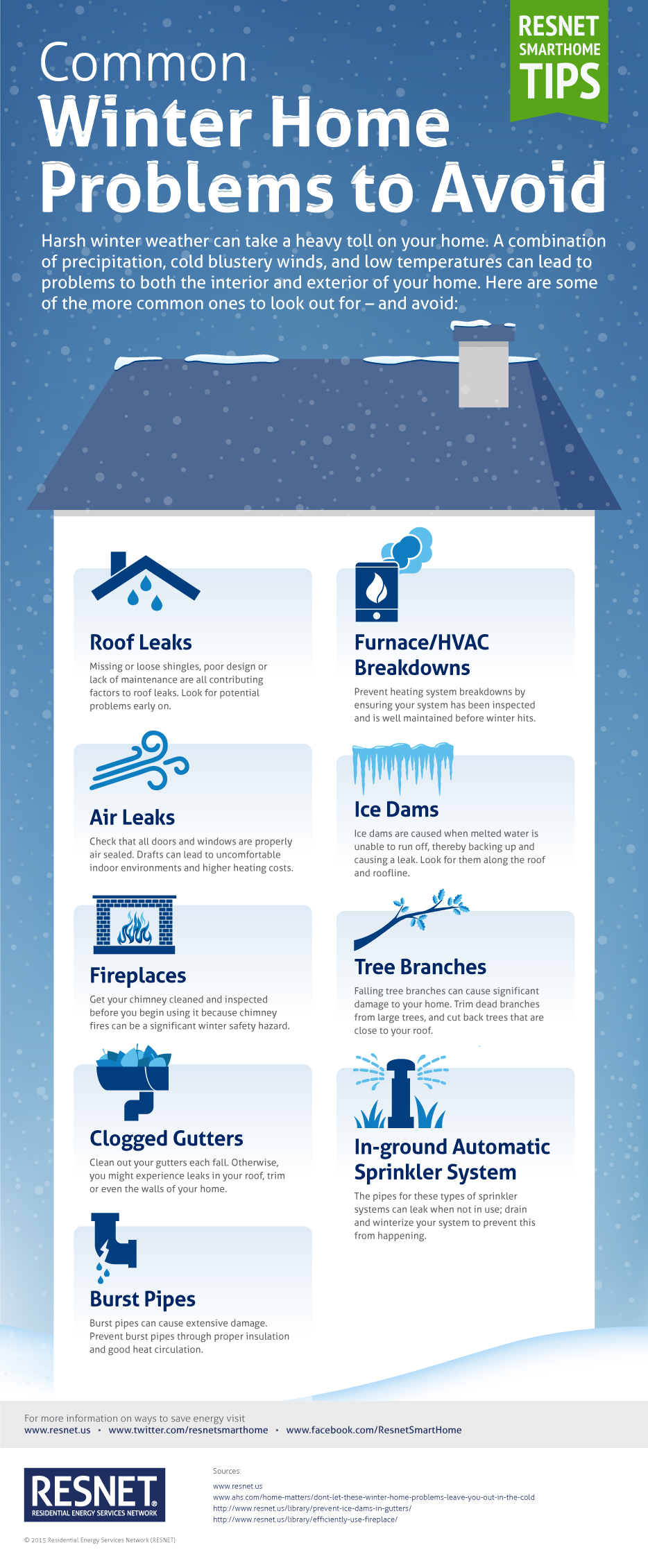Understand Just How Unexpected Climate Changes Can Impact Your Roof Covering Installation Schedule And Discover Key Techniques To Keep Your Task'S Energy Despite The Obstacles Presented By The Elements
Understand Just How Unexpected Climate Changes Can Impact Your Roof Covering Installation Schedule And Discover Key Techniques To Keep Your Task'S Energy Despite The Obstacles Presented By The Elements
Blog Article
https://cleantechnica.com/2020/09/03/how-does-the-tesla-solar-roof-stack-up-to-a-traditional-solar-system-after-6-months/ -Kehoe Crowder
When you're planning a roofing setup, it's important to think about how climate condition can dramatically influence your timeline. Rain can produce hazardous working conditions and compromise materials, while severe temperatures can affect the stability of the roofing elements. High winds posture their own set of difficulties, potentially postponing development and enhancing safety threats. Understanding these factors can aid you make informed decisions, but what specific strategies can you apply to navigate these weather-related obstacles properly?
Impacts of Rain on Installment
When it rainfalls, roof installation can face significant obstacles. Wet conditions can make surface areas slippery, increasing the risk of crashes for you and your crew. It's critical to prioritize safety during these times; otherwise, you may find the work becoming a lot more unsafe than efficient.
Moreover, rainfall can impact the materials you're using. If roof shingles or other roof covering products get wet, they can be harmed, leading to possible leakages and lowered life-span. You'll want to ensure every little thing keeps dry to preserve high quality and stay clear of costly replacements later.
Furthermore, rainfall can postpone your project timeline. If you're incapable to work due to harsh climate, you may find yourself pushing back completion days. This can disrupt not just your routine but likewise your clients' plans.
To minimize these issues, take into consideration intending your installation throughout drier seasons or watching on weather report. If rainfall is anticipated, you may want to postpone the installment to ensure a risk-free and reliable procedure.
Eventually, recognizing just how rainfall affects your roof project can assist you make informed decisions and keep your process smooth.
Difficulties of Extreme Temperatures
Extreme temperature levels can present substantial difficulties for roof covering installment. If you're working in severe warm, products like asphalt shingles can come to be overly flexible, making them hard to place accurately. just click the up coming page may find that the glue made use of for roofing materials doesn't bond appropriately, bring about prospective issues down the line.
On the other side, when temperature levels go down, products can become brittle. This brittleness can cause tiles to split or damage during installation, endangering the stability of your roofing system.
Furthermore, severe cold can slow down the curing procedure of adhesives and sealers, making it harder for them to set correctly. You might require to wait longer prior to using additional layers or completing the task.
To mitigate these difficulties, you must prepare your installation timing very carefully. have a peek at this website or late afternoon can be ideal throughout warm days, while choosing milder days is essential in the cold weather.
Wind's Role in Roof Projects
Weather conditions substantially impact roofing projects, and wind poses its very own collection of obstacles. High winds can endanger both your security and the high quality of your setup. When you mindful the roof, gusts can easily throw off your balance and create dangerous conditions.
It's vital to keep track of wind speeds prior to starting, as several roofing materials can become airborne or misaligned in solid winds.
If you find yourself facing gusty conditions, it's best to delay the task. Not only does this protect you and your crew, but it also ensures that the roof materials adhere properly. Adhesives might not set correctly in high winds, causing prospective leaks and damage later on.
In addition, wind can bring particles that might strike your roof, causing further issues. You'll wish to analyze the location for prospective hazards and make sure everything is secured.
Ultimately, planning your roofing job around wind conditions can conserve you time, money, and frustrations. Prioritize security and top quality, and do not wait to reschedule if the winds are too solid. Your roofing system deserves the most effective installation feasible, and the appropriate weather condition makes all the difference.
Verdict
In conclusion, it's crucial to watch on climate condition when scheduling your roofing setup. Rainfall can postpone progress and create damages, while extreme temperature levels can endanger product stability. Do not forget the influence of wind, either, as it can create hazardous working conditions. By intending around the weather condition, you'll ensure a smoother setup process and shield your financial investment. Keep notified, and you'll attain the most effective outcomes for your roof task!
